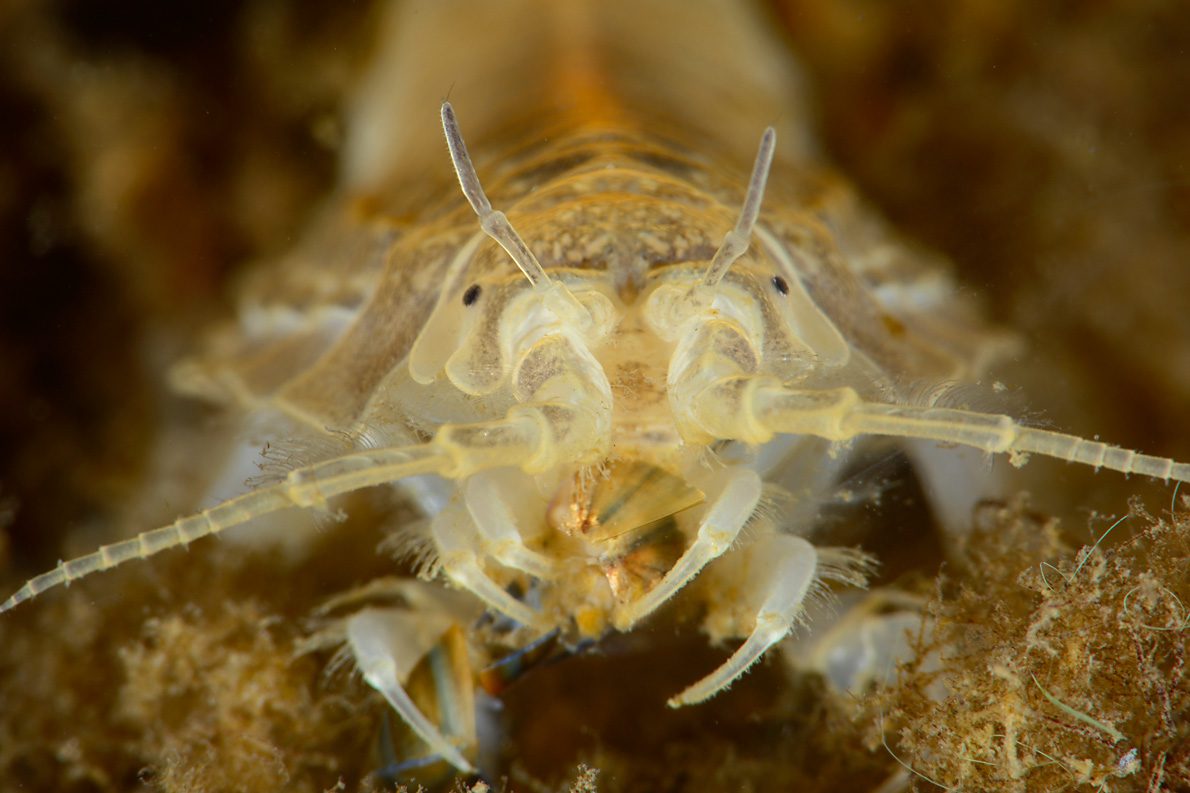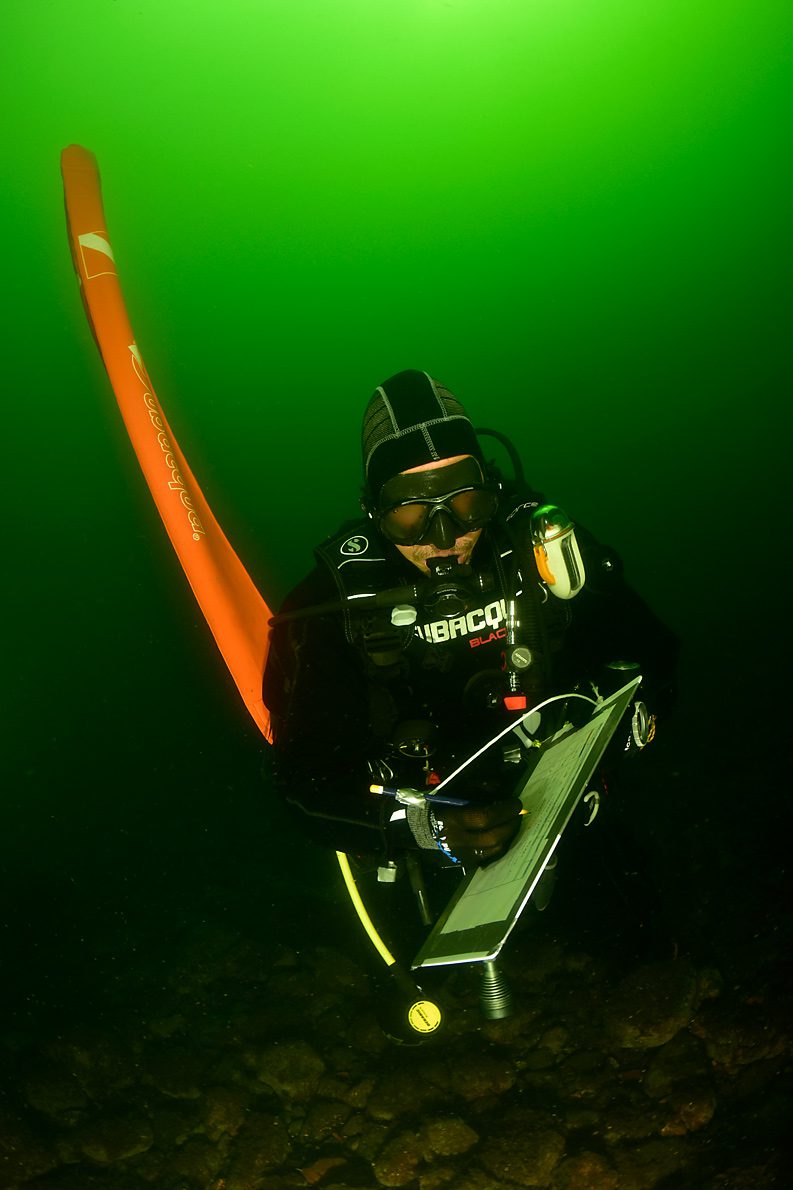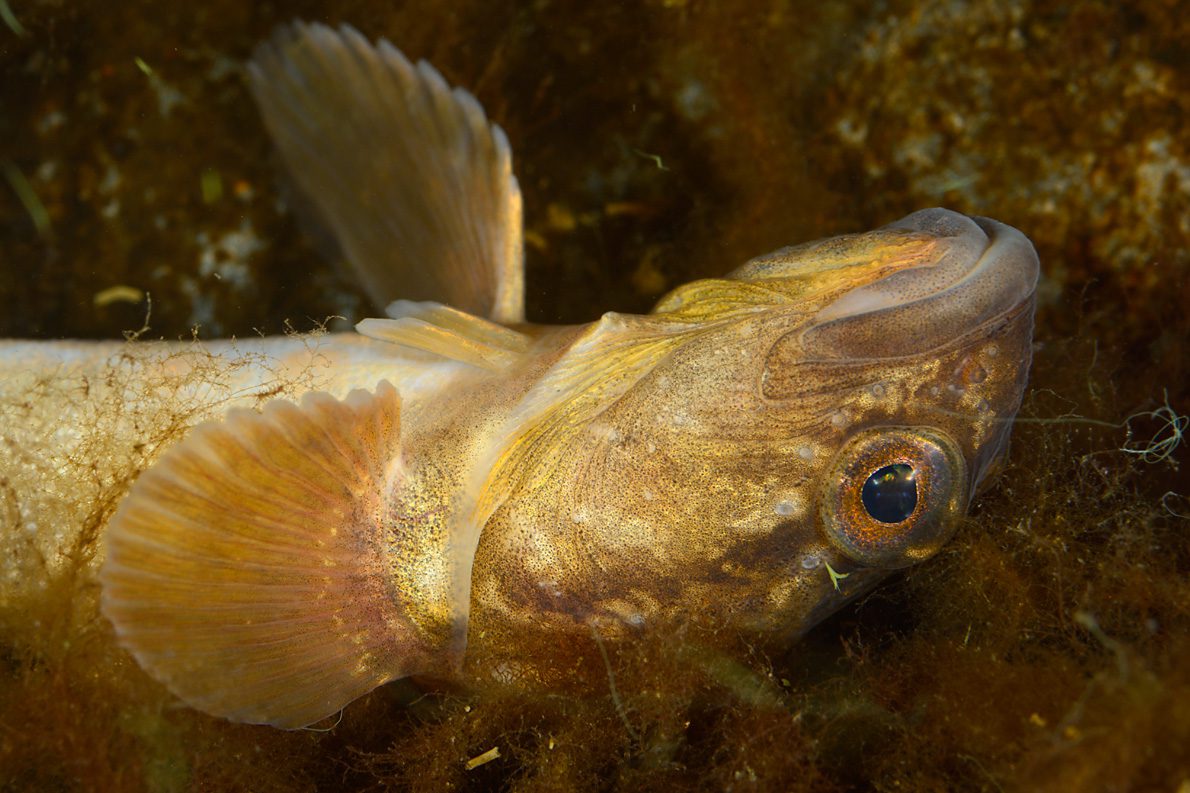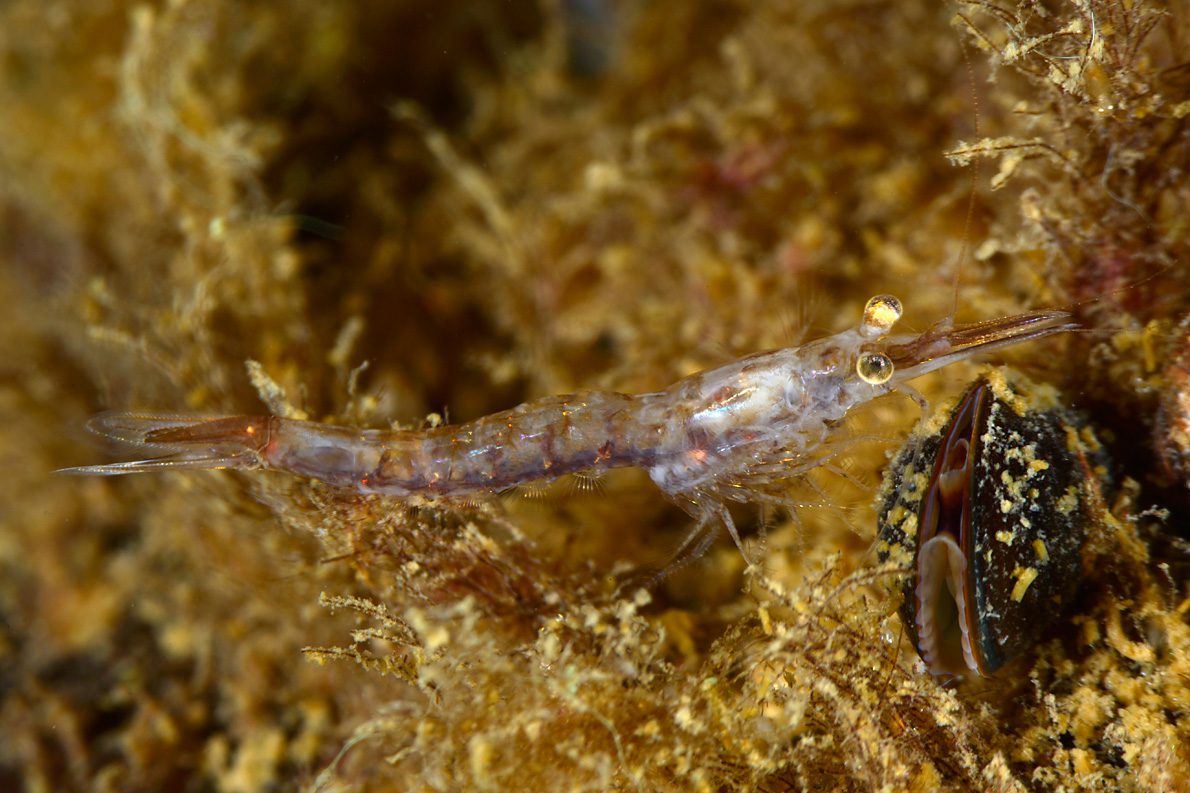September 2, 2018
The Baltic is a different Sea
Without a doubt, the Baltic Sea is different.
As an enclosed sea, its salinity is much lower than usual, and this salinity decreases as the latitude increases—which also makes for lower water temperatures when compared to other seas. The sea is also shallow, which tends to make it favorable for sunlight to reach the seafloor.
With this in mind, and knowing that the biodiversity here is also different, we would expect greater amount of biomass (fish and other marine organisms) here, but we’re not. Why is that our divers are finding such little life? Why is it that on our previous expeditions we filmed so many dead fish? For me, the answer is in plain sight: eutrophication. Years of pollution has afflicted this sea and with it the amount of oxygen in its waters drops to critical levels, practically incompatible for sustaining life. I can only hope that this year we can obtain different results that show that the biomass is slowly recovering.
This year we’re also welcoming a new scientific tool to the Oceana family, a “tow camera”. The tow camera’s design couldn’t be any simpler: it’s an underwater camera that has a 150m “umbilical” (cable) that let’s us see images in real-time right from the boat. We have a good feeling about this new instrument based on the first shots we saw, and I’m sure that the data we gather will help us achieve greater protection for the area, because even though the Baltic is a different sea, it too needs to be protected.





